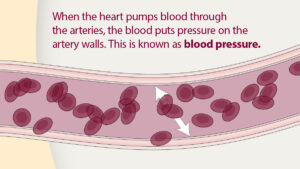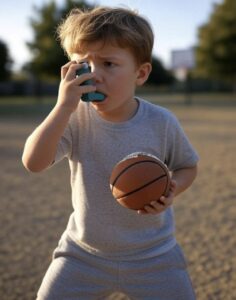Communication and Physical Assessment of the Child and Family
Communicating with Children
- Importance of creating a safe environment
- Introduce yourself
- Involve the child from the beginning of the interaction
- PLAY, PLAY, PLAY
- Get eye level
- Take your time
- Explain the purpose of the exam in age-appropriate terms
- Provide privacy
- Direct the focus
- Ask one question at a time
- Be honest
- Keep language and understanding as a focus
- Careful listening
- Pay attention to how information is expressed
- Observe behaviors during the interaction
- Pay attention to the tone of voice
- Anxiety, fear, anger
- Be alert to underlying themes
- Observe non-verbal behavior
- Posture, gestures, eye contact
- Pay attention to the tone of voice
Communication Related to Development of Thought process
- Infancy:
- nonverbal communication, gentle handling, quiet environment, calm speech
- Early Childhood:
- Under 5 are egocentric, focus the communication on them; include them in the exam, unable to think abstractly
- Use simple direct language
- Under 5 are egocentric, focus the communication on them; include them in the exam, unable to think abstractly
- School Age:
- They want explanations and reasons for everything; heightened concern about body integrity; encourage communication
- Adolescence:
- Thinking fluctuates between child and adult thinking; be prepared to be flexible
- Interviewing poses special considerations regarding parental involvement.
- Thinking fluctuates between child and adult thinking; be prepared to be flexible
Facilitating examination of Infants
- Promote physical comfort and relaxation
- Distract infant with colorful toys
- Use gentle, warm hands
- Do procedures that provoke crying at end of exam
Facilitating examination of Toddlers
- Keep child close to parent (Preverbal)
- Provide a security object
- Demonstrate instruments on parent or other before examining child
- Allow child to have as much control and choice as possible
- Examine ears, eyes, mouth at end of the exam
Facilitating examination of Preschoolers
- Consider what sequence is best
- Allow children to touch and play with equipment
- Use games to reduce anxiety
- Give positive feedback
Facilitating examination of Older Children and Adolescents
- Ensure modesty and privacy
- Offer choices
- Explain body parts and functions
- Decide on parental presence or absence
- Reassure adolescents of normalcy




